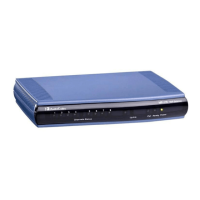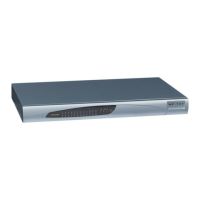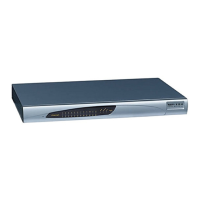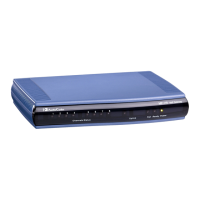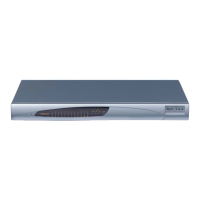call was first established and then put on-hold.
[1] Enable = Includes all supported coders in the SDP of the re-
INVITE sent to the call made un-hold (retrieved). The used coder is
therefore, re-negotiated.
This parameter is useful in the following call scenario example:
1 Party A calls party B and coder G.711 is chosen.
2 Party B is put on-hold while Party A blind transfers Party B to Party
C.
3 Party C answers and Party B is made un-hold. However, as Party C
supports only G.729 coder, re-negotiation of the supported coder is
required.
Web: Multiple
Packetization Time Format
EMS: Multi Ptime Format
[MultiPtimeFormat]
Determines whether the 'mptime' attribute is included in the outgoing
SDP.
[0] None = (Default) Disabled.
[1] PacketCable = Includes the 'mptime' attribute in the outgoing
SDP - PacketCable-defined format.
The mptime' attribute enables the device to define a separate
packetization period for each negotiated coder in the SDP. The 'mptime'
attribute is only included if this parameter is enabled even if the remote
side includes it in the SDP offer. Upon receipt, each coder receives its
'ptime' value in the following precedence: from 'mptime' attribute, from
'ptime' attribute, and then from default value.
EMS: Enable P Time
[EnablePtime]
Determines whether the 'ptime' attribute is included in the SDP.
[0] = Remove the 'ptime' attribute from SDP.
[1] = (Default) Include the 'ptime' attribute in SDP.
Web/EMS: 3xx Behavior
[3xxBehavior]
Determines the device's behavior regarding call identifiers when a 3xx
response is received for an outgoing INVITE request. The device can
either use the same call identifiers (Call-ID, To, and From tags) or
change them in the new initiated INVITE.
[0] Forward = (Default) Use different call identifiers for a redirected
INVITE message.
[1] Redirect = Use the same call identifiers.
Web/EMS: Enable P-
Charging Vector
[EnablePChargingVector]
Enables the inclusion of the P-Charging-Vector header to all outgoing
INVITE messages.
[0] Disable (default)
[1] Enable
Web/EMS: Retry-After
Time
[RetryAfterTime]
Defines the time (in seconds) used in the Retry-After header when a
503 (Service Unavailable) response is generated by the device.
The time range is 0 to 3,600. The default is 0.
Web/EMS: Fake Retry
After [sec]
Determines whether the device, upon receipt of a SIP 503 response
without a Retry-After header, behaves as if the 503 response included a
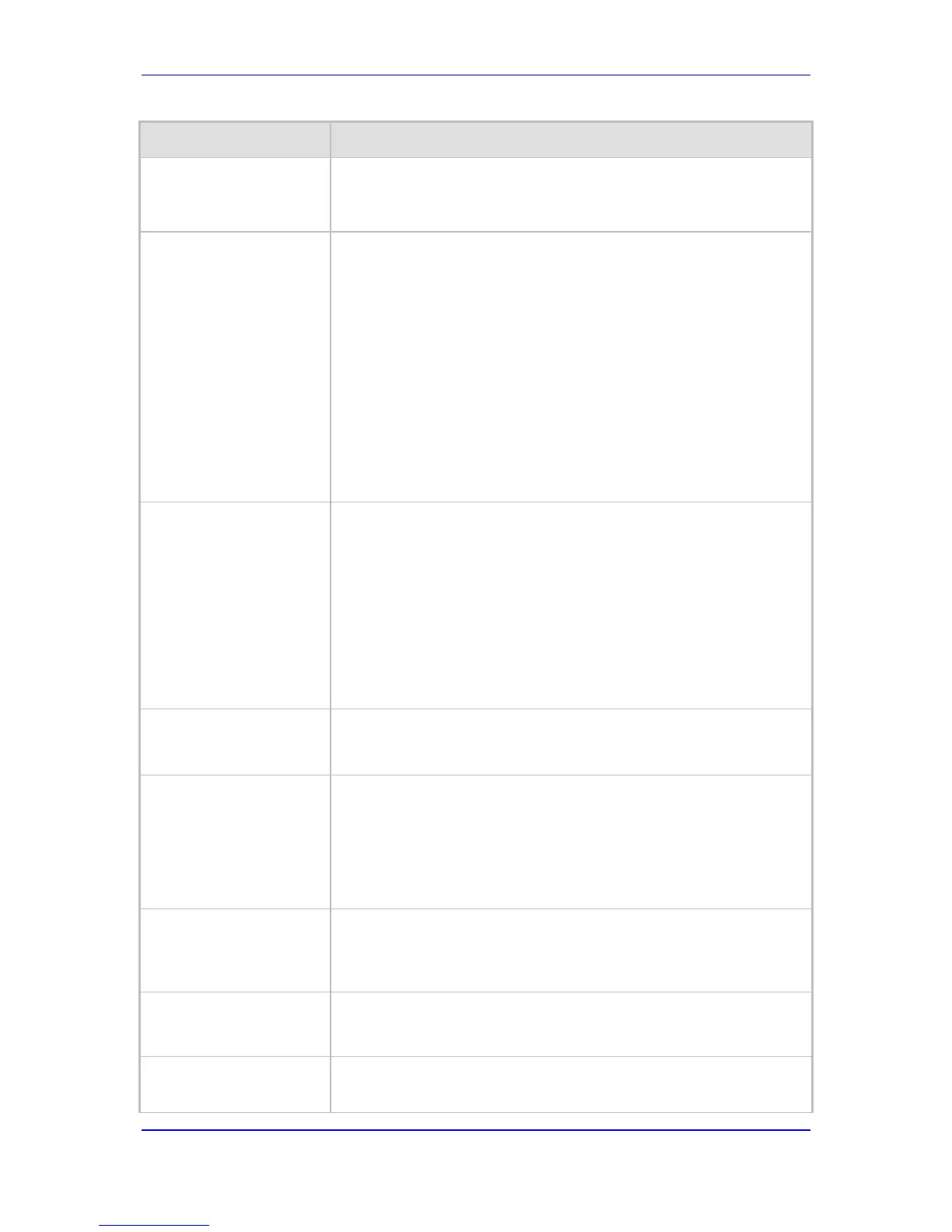